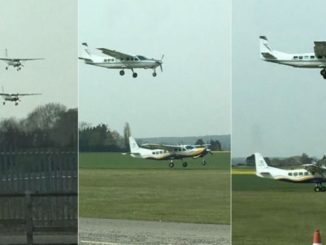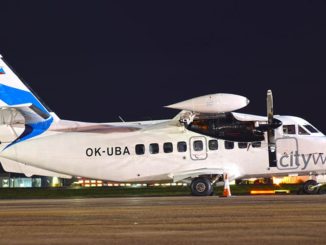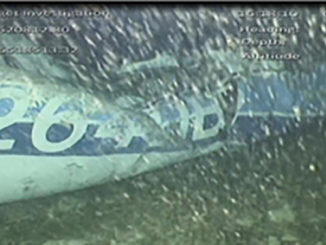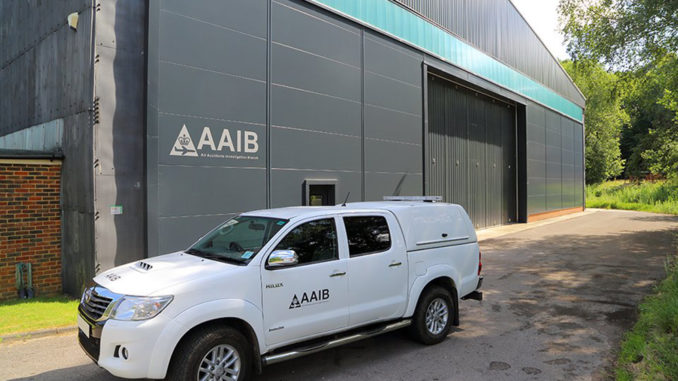
The latest special bulletin into the accident of Piper Malibu N264DB released by the Air Accident Investigations Board (AAIB) yesterday has said that further investigation is needed into the status of the flight and the pilots qualications to carry it out.
There has been heavy speculation that the flight was a flight sharing flight. This is where private pilots can carry passengers booked through a commercial website such as Wingly or Coavmi on a cost-sharing basis, with the website taking a
A cost-shared flight is not subject to the same regulations or insurance as a commercial flight as the operator can fly the flight on a Private Pilots Licence (PPL). The pilot on this flight, David Ibbotson only held a US private pilots licence issued by the Federal Aviation Administration (FAA).
As the aircraft was also US registered, the flight from Nantes to Cardiff Airport could not be used for commercial operations without permission from the FAA or the CAA (UK’s Civil Aviation Authority) and neither of them had given permission.
The real problem for flight sharing though comes with the FAA issued legal interpretations of cost-sharing (200917 and 201418) which make it clear that “a pilot must not pay less than the pro rata share for the flight. If the flight involves the pilot and one passenger, then the pilot must pay half the operating expenses.” The rulings also made clear that the pilot must have a genuine reason for making the flight so it must not be made for the purpose of merely transporting the passenger.
This means that David Ibbotson must have had a genuine personal reason for flying to Nantes that day and not solely to collect Emiliano Sala.
The AAIB has said it is carrying out further work including to “consider the regulatory requirements surrounding the flight including airworthiness requirements, aircraft permissions and flight crew licencing.”
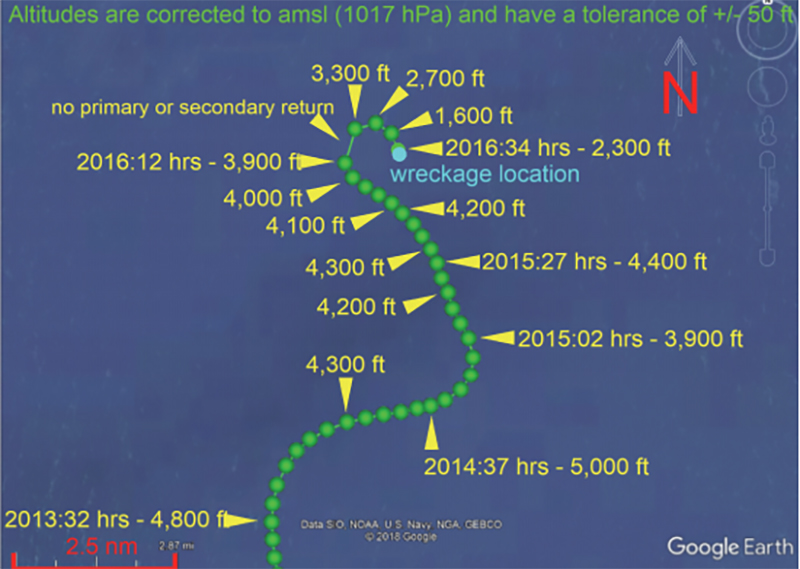
Other information contained in the special bulletin covers the last moments of the flight which we now know saw the aircraft start to descend gradually and turn right onto a track of about 060°. Approximately 30 seconds later the aircraft turned left onto about a heading of 305°.
The AAIB said that “during this sequence of turns the aircraft descended from about 4,800 ft to 4,300 ft, climbed to about 5,000 ft, and then descended again to about 3,900 ft. The aircraft then proceeded to climb to about 4,200 ft on a track that was nearly parallel with the planned course of 343°. Its average groundspeed was about 175 kt.
“At about 2015:30 hrs, N264DB started to make a gradual left turn, which was followed at about 2016:10 hrs by a right turn of approximately 180°. During this turn, data from two independent radars (Guernsey and Jersey12) showed the aircraft descend to an altitude of about 1,600 ft at an average rate of approximately 7,000 ft/min. A few seconds later (at 2016:34 hrs) the final secondary radar return was recorded, which indicated that the aircraft may have climbed rapidly to about 2,300 ft.”
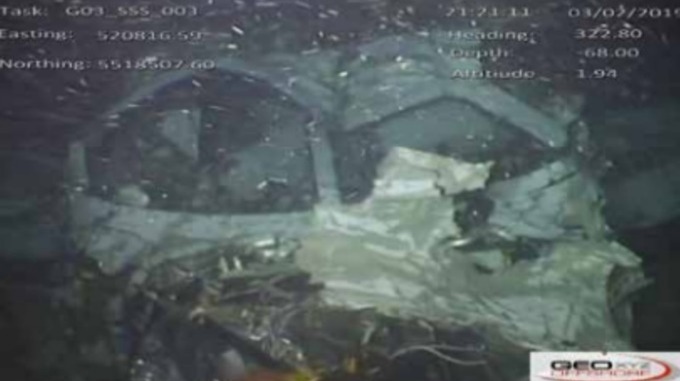
The wreckage of the aircraft was found just 30 metres from the location of the final radar return and was in 3 pieces.
This is not the final report of the accident and the cause of the crash has not yet been determined, the AAIB themselves say there are many questions left unanswered. It is also important to state that Wingly and Coavmi are used as examples of flight sharing websites and are not in any way implicated in the investigation.


